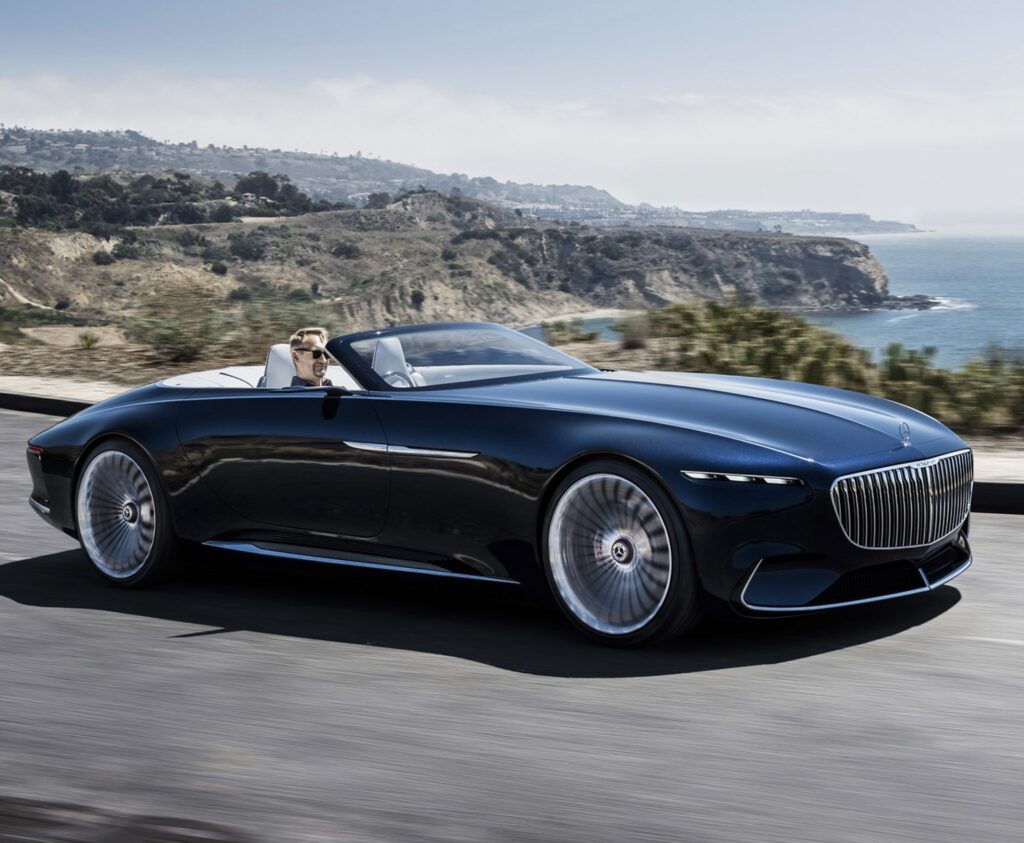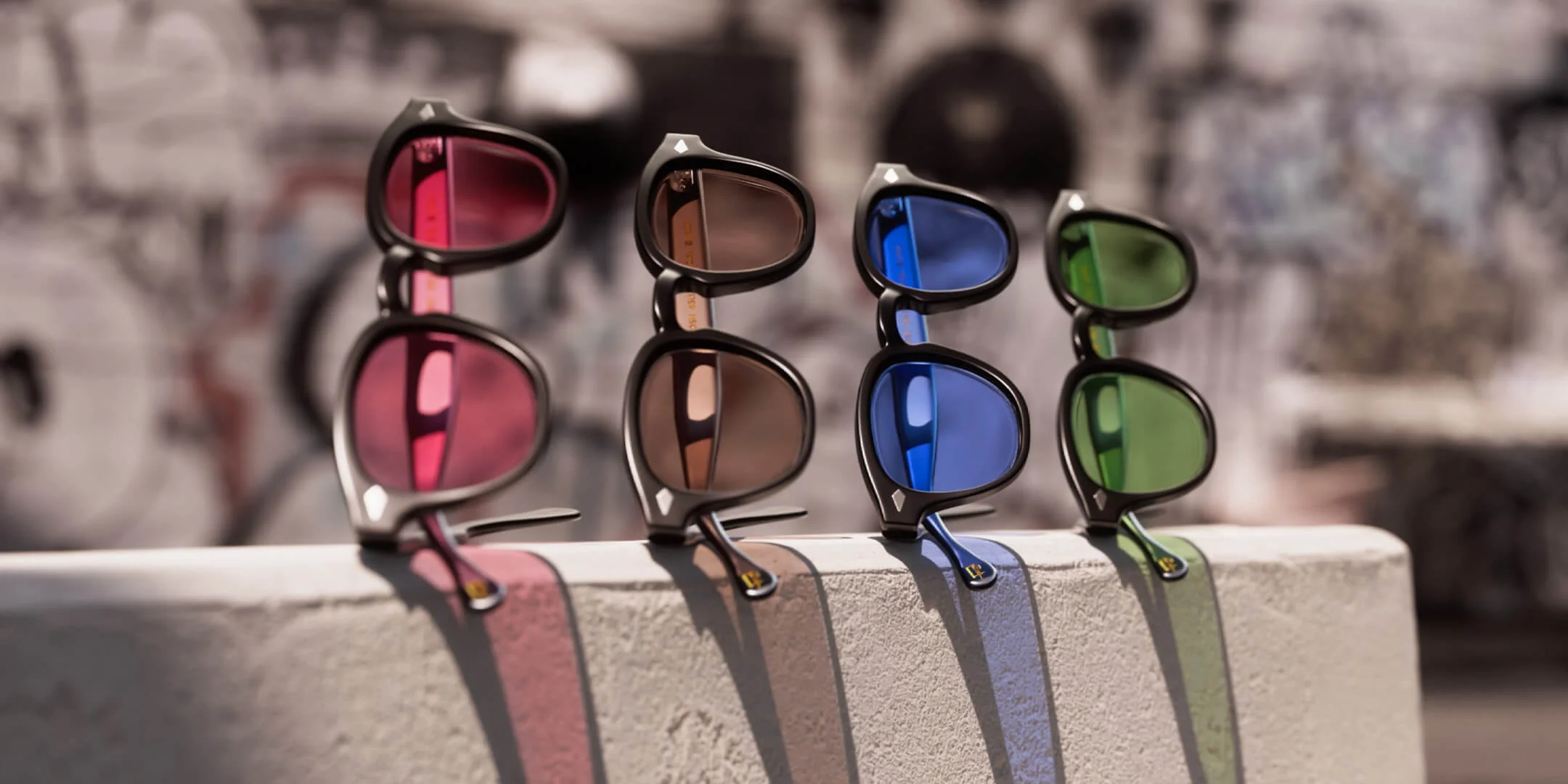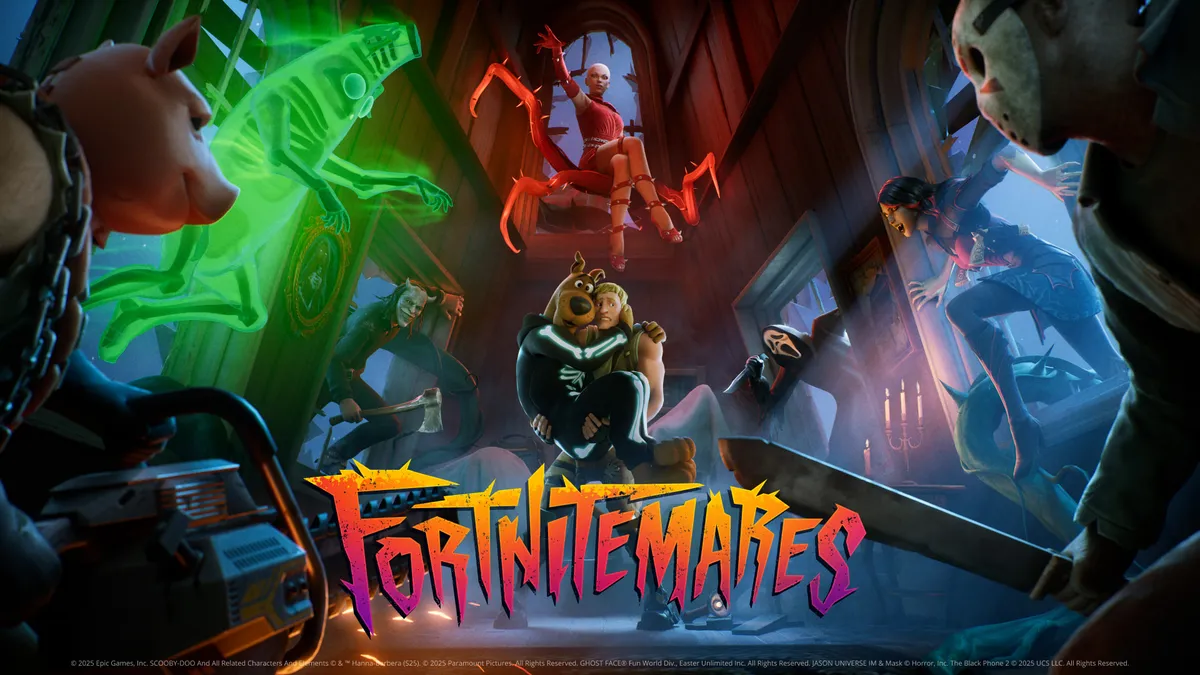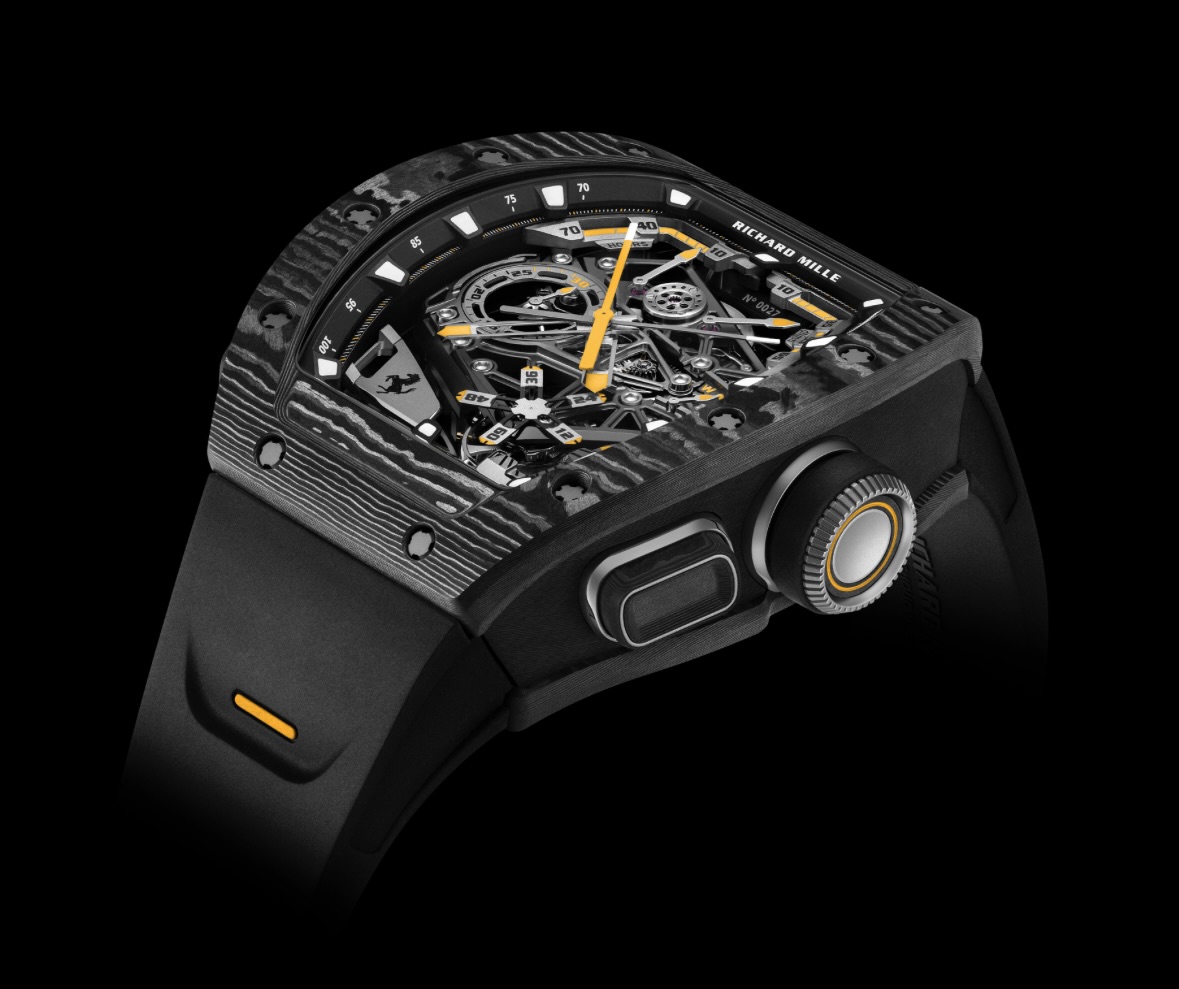Mercedes-Benz has always understood the theater of motion. From the glinting chrome spires of its pre-war grand tourers to the electrified minimalism of its modern EQ line, the brand has long turned design into spectacle. Yet with the Vision Iconic, unveiled this autumn, Mercedes doesn’t just return to the stage — it rebuilds the entire set. The concept is a sculptural manifesto, reviving the art deco language of the 1930s and translating it into a luminous new era of electric design.
light as a new haute material
If the radiator grille was once the crown of the combustion age, light is its successor. In the Vision Iconic, Mercedes transforms illumination into architecture. The signature grille is now a field of glowing geometry, its elements pulsing softly like breathing metal. The traditional chrome lattice — once a symbol of mechanical prestige — has become a digital canvas. The front fascia is less an intake and more an interface: expressive, communicative, and alive.
The three-pointed star that anchors Mercedes’ identity has also evolved. Instead of standing as a solitary ornament on the hood, it’s now lit from within — a radiant axis connecting past and future. Light runs along the central spine of the car, tracing the hood’s contours and flowing into the body’s curvature. At night, the Iconic looks like a drawing of itself in motion: minimal, abstract, glowing with restrained opulence.
This embrace of illumination as ornamentation feels inevitable in the electric era. Without the need for air intakes, designers are free to turn the grille into a symbol again — one that breathes light instead of exhaust. For Mercedes, whose brand DNA has always hinged on visual dignity, the Vision Iconic’s light sculpture reasserts its luxury heritage with futuristic grace.
streamlining the past
The Vision Iconic’s proportions are nothing short of cinematic. It channels the spirit of the 1930s streamliners — those long, low, and impossibly glamorous coupes that once graced concours lawns from Monte Carlo to Pebble Beach. The hood stretches endlessly, tapering into a teardrop cabin. The rear fenders swell into muscular haunches before collapsing into a knife-edged tail. It’s the kind of silhouette that looks like it’s moving even at a standstill.
Mercedes isn’t shy about its historical references. The Vision Iconic borrows freely from its own pantheon: the 540K Special Roadster, the 300 SLR Uhlenhaut Coupe, even traces of the Vision Maybach 6 concept from 2016. Yet the execution feels forward rather than nostalgic. The surfaces are clean, the ornamentation is structural, and the curvature is more architectural than decorative. There’s no chrome excess — only light, proportion, and form.
Underneath all that theater lies a subtle logic. As aerodynamics and efficiency increasingly dictate the shape of electric vehicles, proportion has become one of the few remaining tools of personality. By exaggerating the long-nose, low-cabin, high-shoulder stance, Mercedes is reasserting identity through silhouette. It’s the physical expression of luxury in an era when everything risks looking the same.
inside the luminous capsule
Open the doors and the world of the Vision Iconic becomes something between a jazz lounge and a spaceship. The cabin is dominated by deep ocean-blue upholstery, hand-stitched and deliberately tactile, contrasting with a floating glass dashboard that glows softly from within. Analog dials coexist with digital panels, and a sculptural steering wheel nods to classic Mercedes coupes. The effect is neither nostalgic nor purely futuristic — it’s a dialogue between craftsmanship and code.
Mercedes calls this design philosophy “Analog Digital.” The idea is that luxury isn’t just about technology but about touch — about the emotional intelligence of materials. There’s something almost romantic about the restraint: physical buttons remain, textures invite interaction, and even the light feels curated rather than clinical. This is not the sterile minimalism of Silicon Valley; it’s the sensual minimalism of Stuttgart.
The rear seats flow like a lounge bench rather than two sculpted buckets, suggesting the Vision Iconic’s role as a grand tourer of the imagination, meant for long, silent journeys. Every surface feels intentional — matte aluminum, smoked glass, and curved wood combine in a rhythm that mirrors the car’s exterior design language. It’s modern haute through the lens of old-world artistry.
View this post on Instagram
the art deco resurgence
To call the Vision Iconic “Art Deco” isn’t just aesthetic shorthand — it’s philosophical. Art Deco, after all, was born at the intersection of craft, machine, and ornament. It celebrated industrial progress with a sense of ritual. It was the age when modernity still knew how to be glamorous.
Mercedes isn’t alone in revisiting that language. The broader design world has been flirting with Deco revivalism for years. Bentley’s EXP 15, Rolls-Royce’s Spectre, and even some of Bugatti’s concept sketches channel the same desire: to reclaim sensuality in an era of software-driven design. Where minimalism once signified innovation, it now risks sterility. The pendulum is swinging back toward drama, texture, and light — toward cars that feel human again.
The Vision Iconic stands as a manifesto for that shift. It’s less about nostalgia than continuity — an attempt to carry forward the elegance that once defined automotive sculpture into a digital future. The chrome of yesterday becomes light today; the craftsmanship of hand-built panels becomes the precision of digital modeling. It’s evolution by reinterpretation.
light signatures and identity
In the modern automotive landscape, identity increasingly begins at the front fascia. With electric drivetrains erasing the familiar geometry of grilles and vents, lighting has become the new face. Manufacturers now treat LED arrays and signature strips the way they once treated metal grilles — as heraldry.
Mercedes understands this better than most. The Vision Iconic’s illuminated grille is not merely decoration; it’s a symbolic code. The pattern shifts subtly with drive modes, breathing at idle, sharpening under acceleration. The hood ornament’s glow completes the composition, forming a vertical axis that commands presence without aggression.
Expect this luminous philosophy to trickle down into production. The latest S-Class and EQ models already feature illuminated surrounds, but the Iconic pushes it to sculpture — a reminder that luxury is increasingly measured in ambiance as much as material. In the coming decade, expect light to replace chrome as the defining marker of prestige.
impression: in the rearview
As with all concept cars, the Vision Iconic is both fantasy and forecast. Many of its details — the glass canopy, the glowing hood star, the theatrical rear deck — will likely remain conceptual. Yet its underlying message is unmistakable: in the electric age, Mercedes intends to reassert the romance of form.
The Vision Iconic isn’t just an EV dressed in nostalgia. It’s a meditation on how luxury brands can maintain soul in a world of autonomy, efficiency, and digital sameness. By reviving the elegance of the Art Deco era and reimagining it through light, Mercedes offers a blueprint for emotional technology — for cars that once again look and feel like works of art.
In that sense, the Vision Iconic’s beauty lies not in its shape but in its timing. Amid a sea of quiet, minimalist EVs, here comes a coupe that glows like a promise: that the future can still be extravagant, expressive, and human.
No comments yet.








